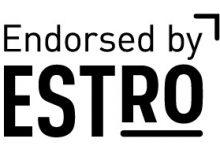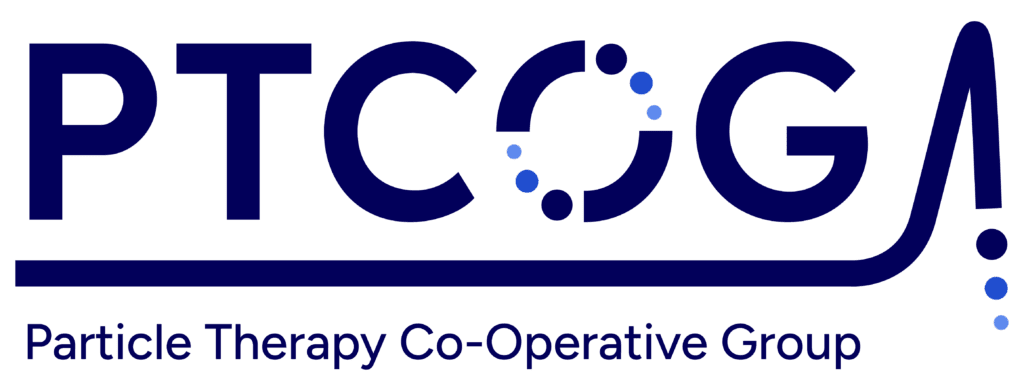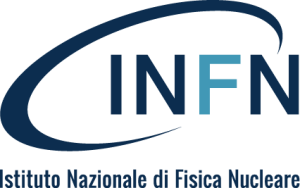Abstract Topics
A1. Which conditions appear to be best for FLASH RT in a) deep seated tumours, b) superficial tumours (eg. radiation type, dose rate, dose, dose per pulse, dose delivery, total irradiation time)
A2. Quality assurance and real time dosimetry for FLASH RT measurement of FLASH doses, detector systems
A3. Facility Overviews; How FLASH RT is delivered: electrons, photons, protons, heavy ions: equipment involved, how beam is delivered, experimental end stations etc?
A4. FLASH radiation protection; simulation and measurement for research and clinical treatment
A5. New horizons in FLASH laser driven ions, VHEE etc.
B1. Mathematical modelling of the FLASH effects: Monte Carlo and other codes
B2. Physico-Chemistry: FLASH chemistry, oxygen contribution, ROS
B3. Biology 1 in vitro studies
B4. Biology 2 in vivo pre-clinical studies
B5. Flash and drug / immune radiation combinations
C1. QA and dosimetry for the clinic
C2. TPS and clinical delivery of FLASH
C3. Veterinary studies and trials
C4. Human Clinical trials,
C5. Health Economics for FLASH RT
D1. Modalities and delivery of spatially fractionated radiotherapy, experimental results
D2. Mechanisms: modelling of SFRT; biological mechanisms and experimental studies
D3. Taking SFRT into the clinic, QA and dosimetry, treatment planning, patient and veterinary studies
D4. Interface between FLASH and SFRT
E1. Pan European studies arising from EU projects for example INSPIRE, UHDpulse, HITRiplus and RAPTOR
E2. Challenges and successes resulting from International or national collaborations in proton and ion therapy (eg. Common dosimetry, benchmarking, international and national intercomparisons and audits, databases and datasets, animal model systems etc.
E3. Proton therapy (how to build, install, commission and operate a proton therapy centre, lessons learnt, do you need a research capability, how many patients might benefit from proton therapy, indications, other insights)




![logo_AIFM_senza scritte interne[2]](https://frpt-conference.org/wp-content/uploads/sites/124/2024/06/logo_AIFM_senza-scritte-interne2-150x150.jpg)




